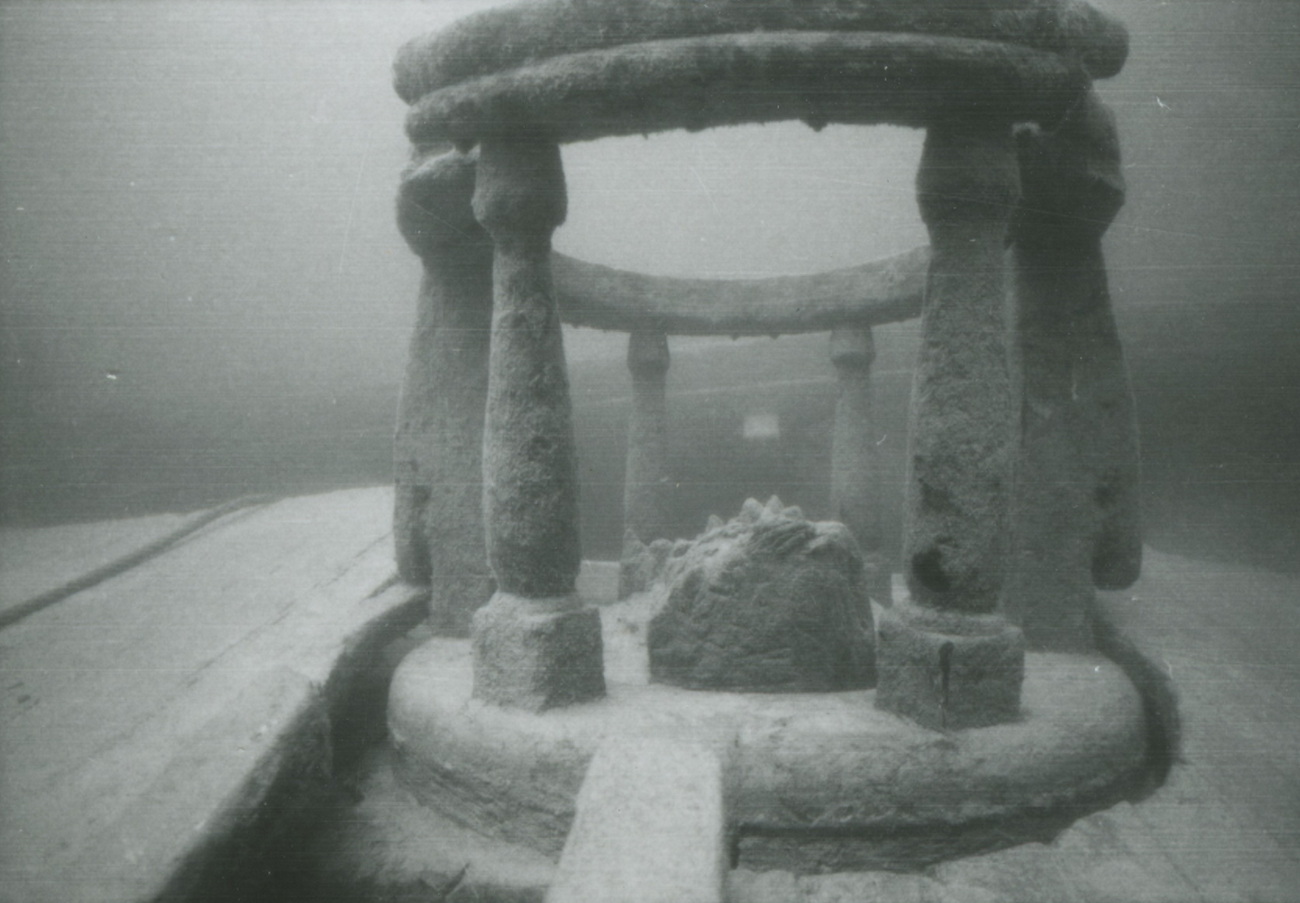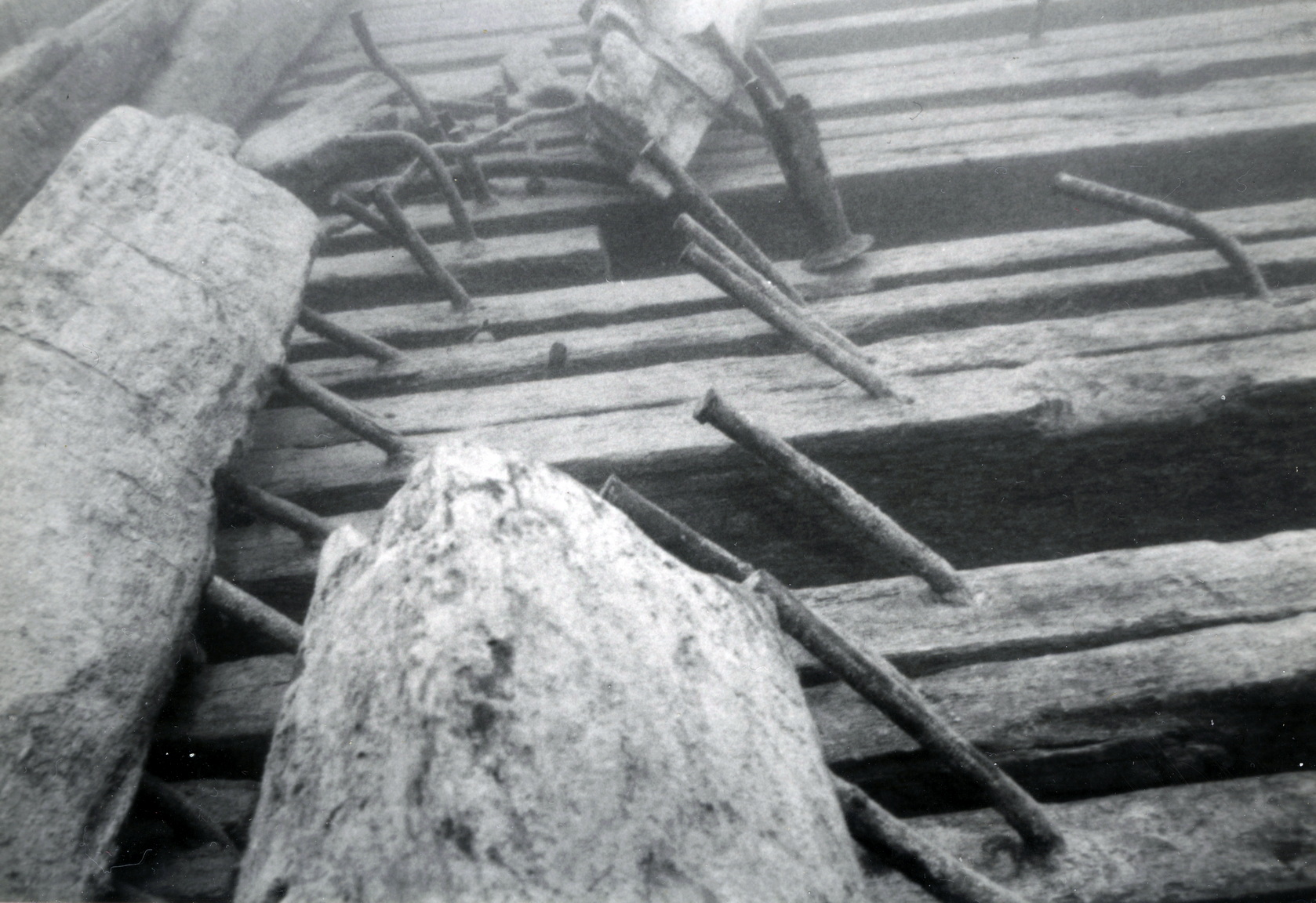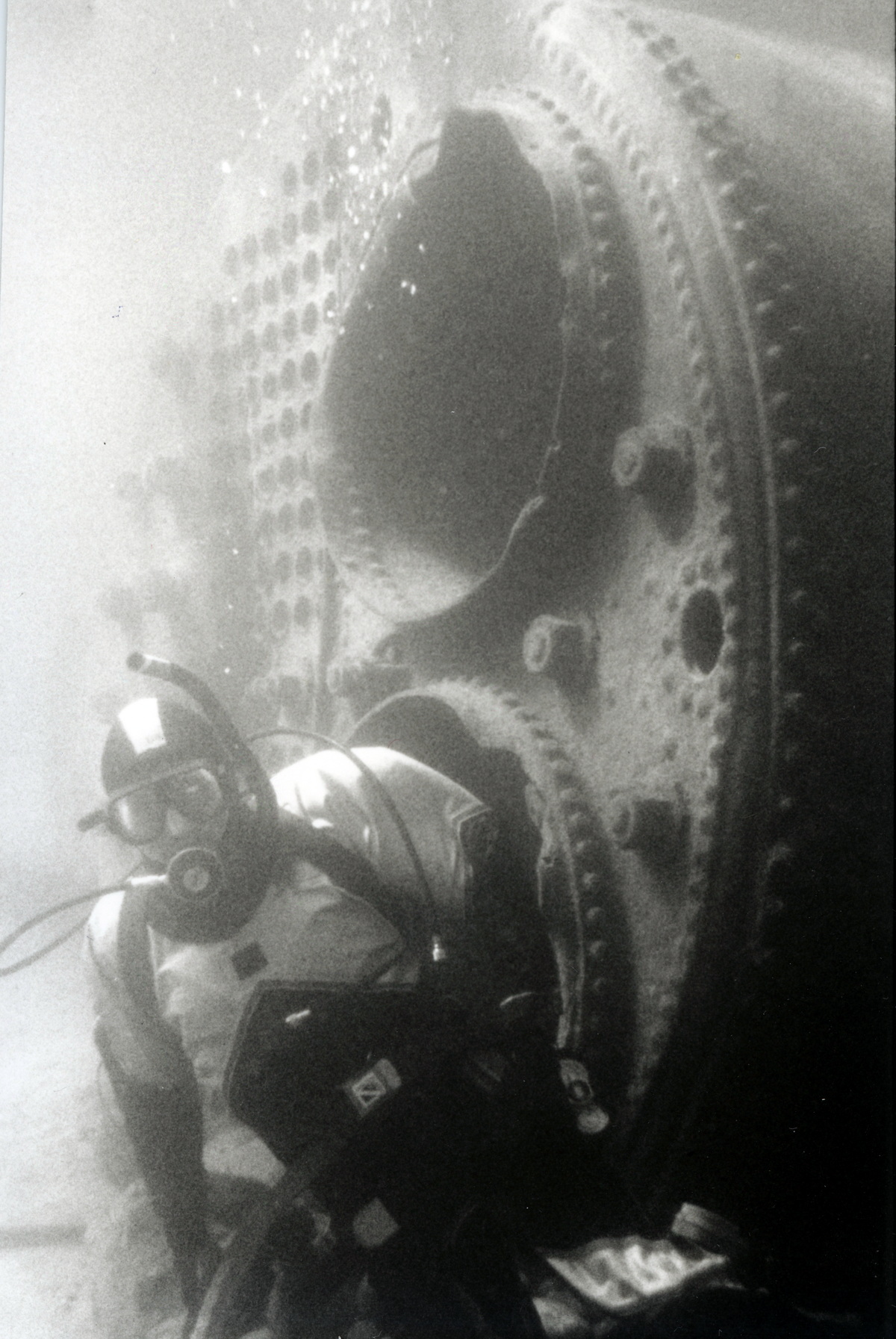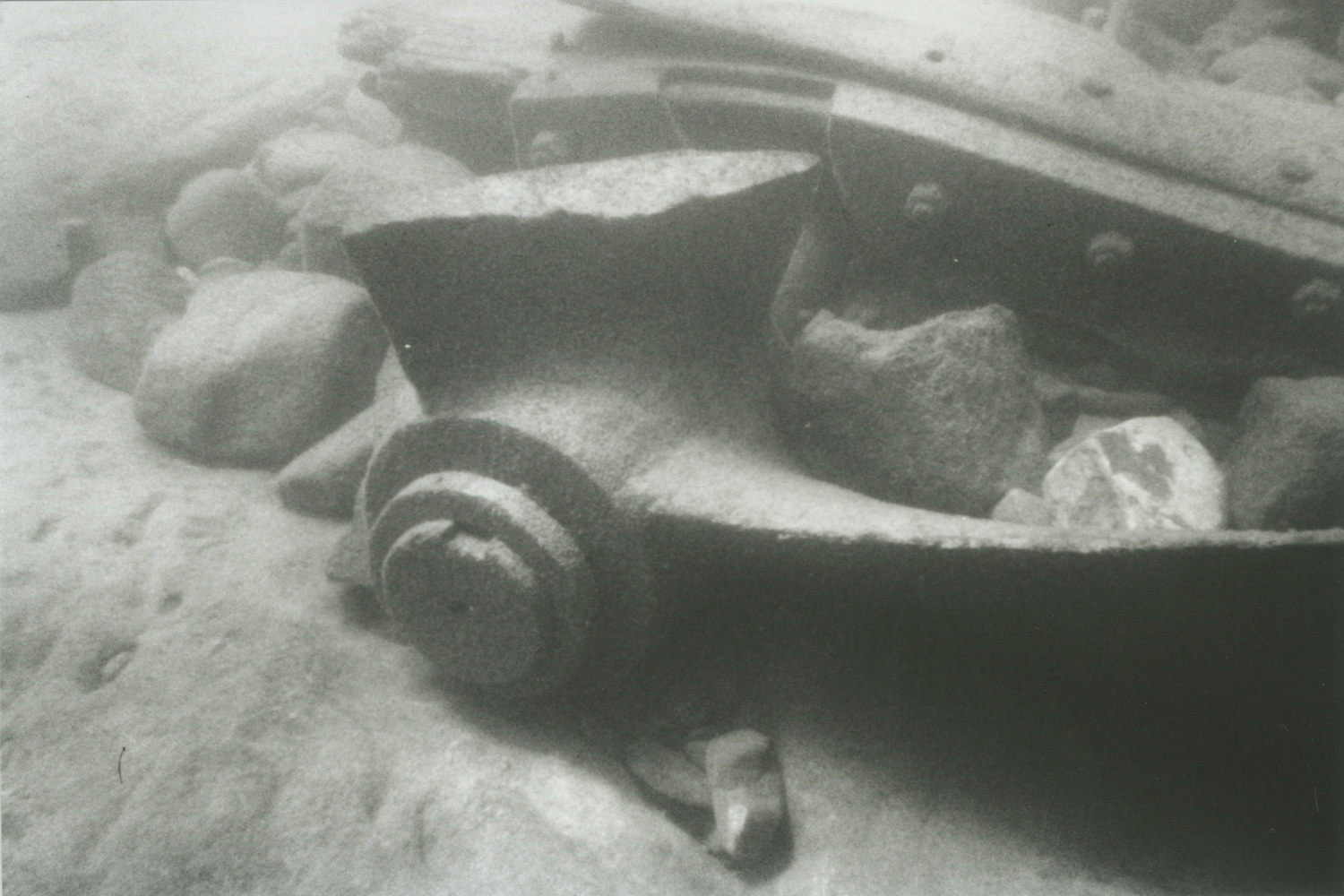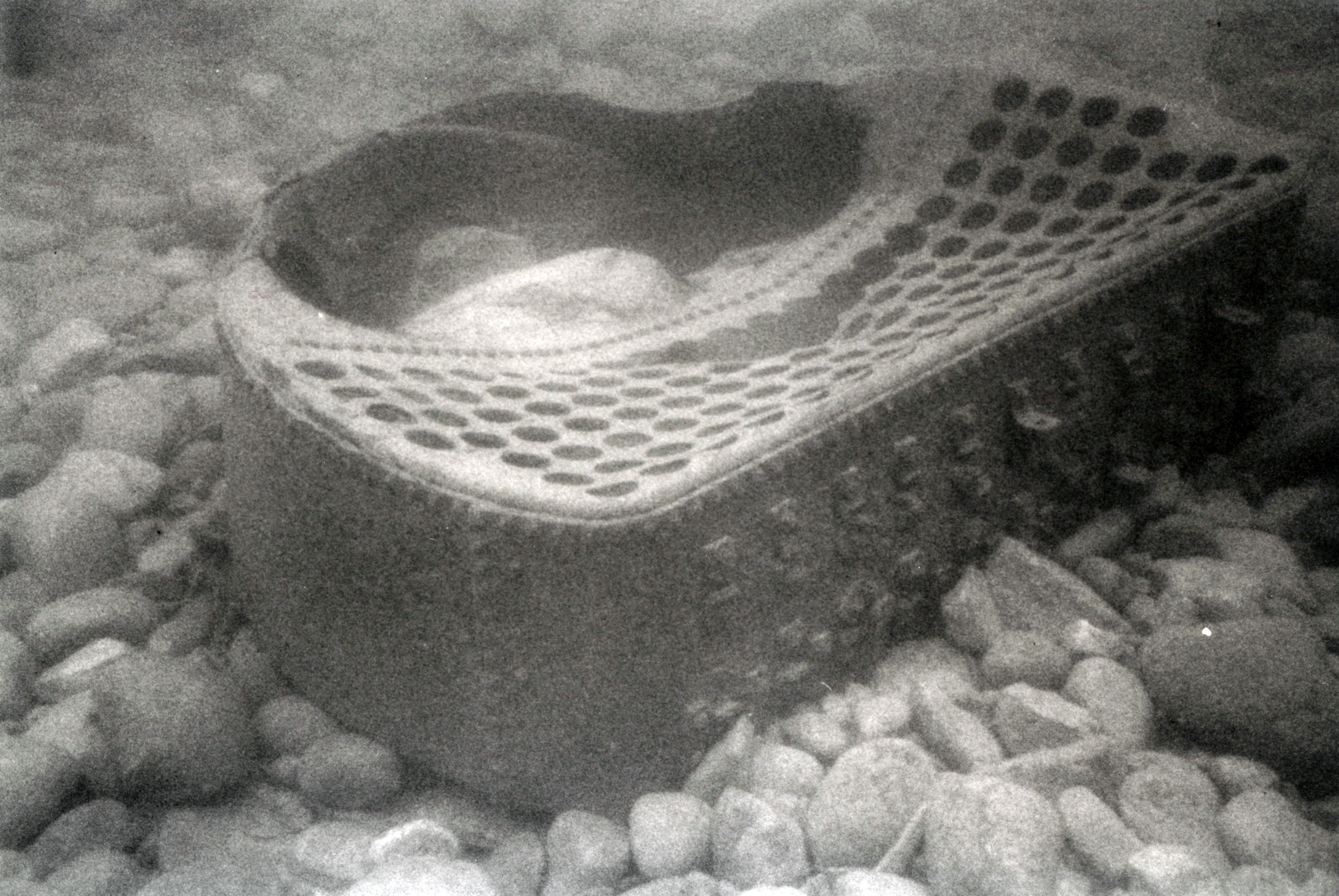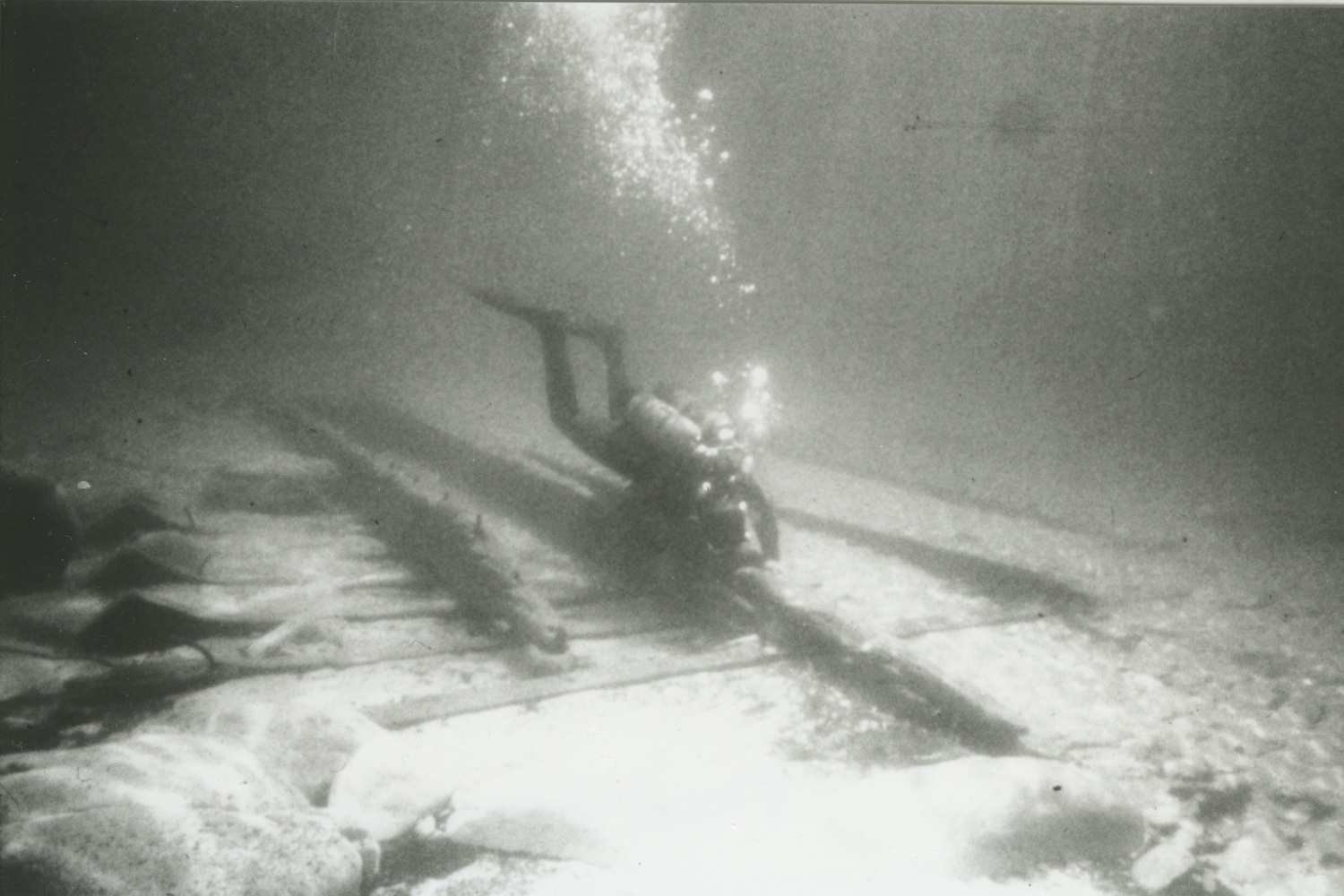Alger Underwater Preserve
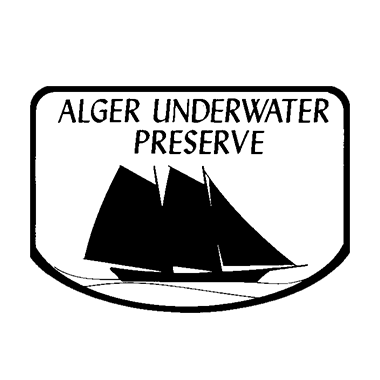
For ships in trouble on the long southern coast of Lake Superior, harbors of refuge are few. Munising is one of them. The waters off Munising are sheltered by Grand Island and have been the final destination of many ships seeking safe harbor from the fury of the big lake.
The area stretching from just west of Munising to Au Sable Point and including the Pictured Rocks National Lakeshore is the home of the Alger Underwater Preserve. Several major shipwrecks lying within recreational diving limits are found inside its boundaries.
All the major shipwrecks are buoyed by the local preserve organization with supplies donated by the Glass Bottom Boat Tours Company. Most of the shipwrecks lie in sheltered water.
Besides diving shipwrecks, divers can visit sea caves. These caves were formed by wave action hollowing out the sandstone cliffs underwater. Although the caves are shallow, at water level down to 10 feet, they offer spectacular snorkeling and underwater photography.
The Munising area affords many recreational activities that supplement diving. The Pictured Rocks National Lakeshore is one of the most beautiful scenic areas in the country for hiking and backpacking. There are five waterfalls in the Munising area to visit. Also popular are “glass bottom boat” tours that take tourists on non-diving excursions to see the many remains of ships visible from the surface. More activities and events can be found at the websites for the Munising Visitors Bureau, and Alger County Chamber of Commerce.
Shipwrecks & Dive Sites
| Wreck Name & Year Lost | Depth | GPS/LAT/LON |
|---|---|---|
| Bermuda (1870) | 12′ to 30′ | N 46° 27.890 W 086° 38.810 |
| George (1893) | 15′ | N 46° 30.960 W 086° 31.250 |
| Herman H. Hettler (1926) | 30′ to 40′ | N 46° 29.030 W 086° 35.980 |
| Kiowa (1929) | 25′ to 40′ | N 46° 38.710 W 086° 13.210 |
| Manhattan (1903) | 20′ to 40′ | N 46° 28.042 W 086° 36.560 |
| Smith Moore (1889) | 70′ to 105′ | N 46° 27.333 W 086° 37.060 |
| Steven M. Selvick (1996) | 30′ to 60′ | N 46° 29.530 W 086° 35.870 |
| Superior (1856) | 35′ | N 46° 33.450 W 086° 24.910 |
| George (1893) | 15′ | N 46° 30.960 W 086° 31.250 |
| Elma (1895) | 43′ | N 46° 29.550 W 086° 09.000 |
| Sitka (1904) | 15′ | N 46° 40.870 W 086° 24.910 |
| Gale Staples (1918) | 20′ | N 46° 40.770 W 086° 09.100 |
| Mary Jarecki (1883) | 6′ | N 46° 40.150 W 086° 10.080 |
| Union (1873) | 10′ | N 46° 40.200 W 086° 09.800 |
| Oneida Chief (1868) | 8′ | N 46° 40.300 W 086° 09.200 |
Among the best shipwreck dives in the Alger Underwater Preserve are:
Smith Moore
This early wooden steam barge launched in 1880 is perhaps the best known shipwreck in the Preserve. She was damaged in a collision on July 13, 1889 on Lake Superior and lost while in tow next to Grand Island. She rests now in 70 to 105 feet of water, with the deck reached at 80 feet. Exploring divers will find much machinery as well as game fish on the wreck. Open deck hatches afford access to the interior.
Bermuda
Also known as the Murray Bay wreck, the Bermuda was a 130 foot long wooden schooner that sank in the Bay off Grand Island on October 15, 1870. She is popular with sport divers because of her depth and condition. The wreck is upright in shallow water and the top deck is reached at just 12 feet. Three large hatches open to the cargo hold and two companionways. A large cabin trunk, where the cabin blew off while sinking is near the stern. Schools of rock bass and other colorful game fish are common.
Kiowa
Launched in 1920, the Kiowa was a steel bulk freight steamer 251 feet long that was driven ashore in a gale on November 30, 1929. The remains are in shallow water about 40 feet deep. Huge sections of her hull are visible from the surface on clear days. The stern lies on her port side exposing the steamer’s steering quadrant and emergency steering gear. A short distance forward, an enclosed ladder way leads down toward the propeller shaft tunnel. At the end of the tunnel, the propeller shaft and massive thrust bearing can be seen.
Herman H. Hettler
The Hettler was a wooden steamer launched in 1890. A severe storm forced the Hettler to seek refuge in Munising Harbor on November 23, 1926. She was lost when she slammed into a rock reef. The wreck now rests broken up in 30 to 40 feet of water. On the inner edge of the shoal where the Hettler struck, her boiler can be found in about 25 feet of water along with parts of the hull and a large debris field with a variety of mechanical parts, tanks, piping and even a bath tub.
Manhattan
Like many other ships, the 252 foot wooden steamer Manhattan was seeking refuge in October 1903 from a Lake Superior storm. She reached safe harbor but when she departed the next day, October 26, 1903, her steering failed causing her to strike a reef and a fire broke out. She burned to the waterline and was later partially salvaged. What remains today lies in 20 to 40 feet of water. Divers can see the steamer’s hull framing as well as her enormous rudder with its depth markings still visible.
Steven Selvick
The Selvick is an intentionally sunk shipwreck placed for sport diving in 1996. She is a 70 foot long tug sunk in 60 feet of water. She lies on her port side at about a 40 degree angle pointing north. The Selvick was originally christened the Lorain when she was built at Cleveland in 1915. She was later renamed the Cabot and was used in the construction of the Mackinac Bridge. The Selvick Marine and Towing Company purchased and renamed her in 1988. She was donated to the Alger Preserve in 1994 and sunk two years later. Visiting divers can reach the pilothouse at about 40 feet. All areas of the wreck are accessible to divers. The pilothouse, galley, mess room, engine room and crew quarters can all be visited. Divers will find lights necessary and the crew quarters should only be accessed by experienced divers because there is only one way in and out. This is a great dive for photography.
Superior
This side-wheel passenger and freight vessel came to to a tragic end in 1856 when she lost her rudder and her cargo shifted in heavy seas, leaving her helpless. She drifted onto the rocks near Spray Falls, with the loss of 35-42 persons (accounts differ). Her engine and safe were later salvaged, but her 3 boilers remain, along with portions of the hull, only about 100-ft off shore, 300-ft west of Spray Falls. Other machinery lies scattered about the area.
A few other sites of interest:
George
The 3-masted schooner George was carrying 1.330 tons of coal to Marquette when she encountered a blinding snowstorm in October 1893. Her captain attempted to shelter behind Grand Island, but she was blown ashore 2 miles east of Miners Castle. Her crew reached safety in the yawl, but the vessel broke up near shore, with the centerboard box, keelsons and large sections of the hull remaining, spread out between the rocks near shore out to the mouth of the cove.
Elma
The Elma was one of three schooner-barges that left Pequaming in tow of the steamer P.H. Birckhead, all loaded with lumber for the lower lakes. The tow-line snapped in a gale, and one schooner went to anchor, another set sail for shelter, and the Elma picked up another tow-line and was headed to safety when the tow-line broke again, and the Elma’s rudder was damaged, leaving her unmanageable. She finally reached shore off Miners Castle, where most of her crew reached shore by scaling the cliffs.
Sitka
The Sitka ran south of her normal course in fog and ran onto a rock ledge at full speed off Au Sable Point in 1904, leaving her bow well out of the water. Rising seas broke her up after her crew was removed by the local Lifesavers. Portions of the wreck remain on the reef and closer to shore.
Gale Staples
This small up-bound steamer grounded with a load of coal very near to the Sitka. She sits on a sandstone ledge where her boilers, anchors, and other machinery are regularly shifted about by ice and wave action.
Mary Jarecki, Union, Oneida Chief
The bones of these vessels can often be spotted in the shallows – or even partially exposed on shore – by hikers traveling from the Hurricane River parking lot to Au Sable Point Light.
In 1873 the small steamer Union was pushed into shallow water by high winds and broken up, while the bulk-freighter Mary Jarecki ran aground in a fog in 1883 and outlasted a determined salvage effort. Both were carrying iron ore from Marquette. The small schooner Oneida Chief was loaded with pig iron when she grounded in the same area in 1868.

![Bermuda Shipwreck [Photo by Chris Doyal]](https://www.michiganpreserves.org/wp-content/media/Bermuda-Shipwreck-Photo-by-Chris-Doyal.jpg)
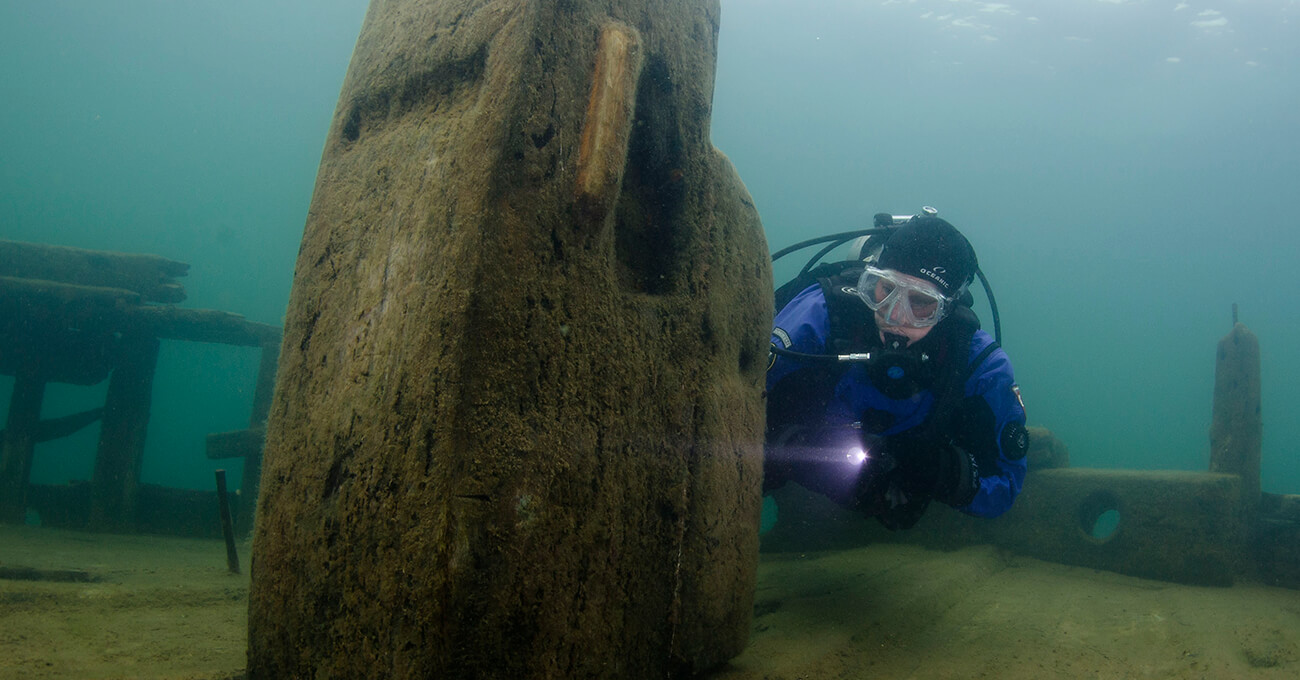
![Steven Selvick [Photo by Chris Doyal]](https://www.michiganpreserves.org/wp-content/media/Steven-Selvick-by-Chris-Doyal.jpg)
![Steven Selvick Propeller [Photo by Chris Doyal]](https://www.michiganpreserves.org/wp-content/media/Steven-Selvick-Propeller-by-Chris-Doyal.jpg)
![Steven Selvick Shipwreck [Photo by Chris Doyal]](https://www.michiganpreserves.org/wp-content/media/Selvick-Shipwreck-by-Chris-Doyal-1.jpg)
![Steven Selvick Shipwreck [Photo by Chris Doyal]](https://www.michiganpreserves.org/wp-content/media/Steven-Selvick-Shipwreck-by-Chris-Doyal.jpg)
